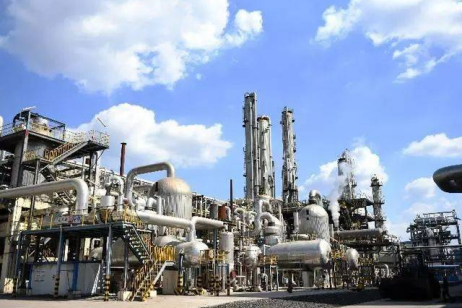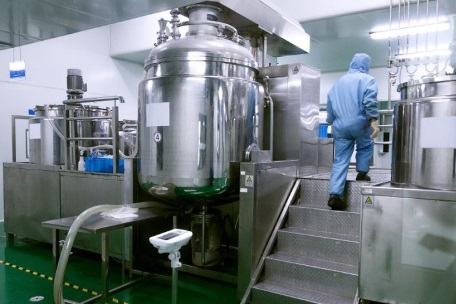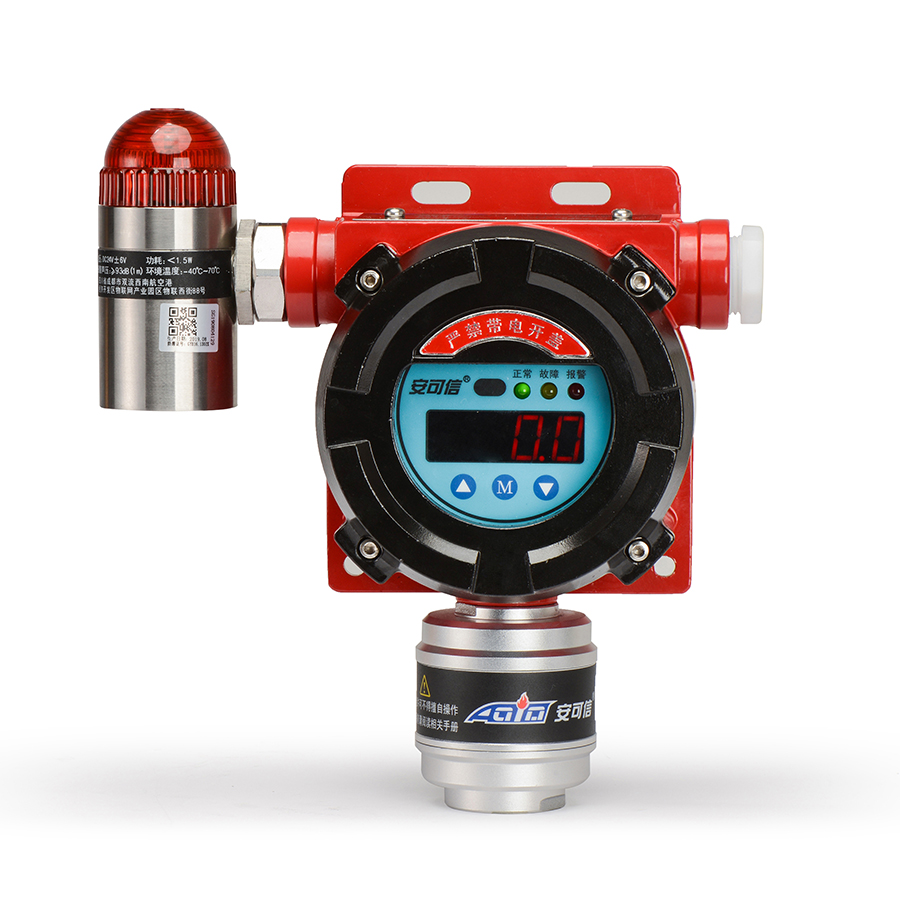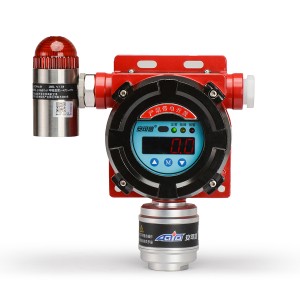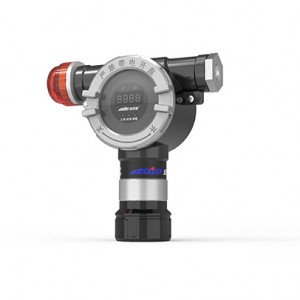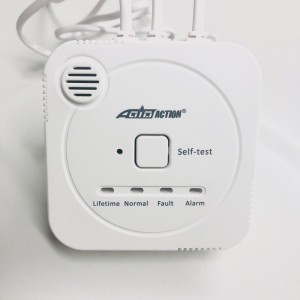
Call Support 24/7
+86-28-68724242

product
AEC2232bX Combustible Gas Detector Toxic Gas Detector
Product Selling Point
1) The gas sensor module integrates sensors and processing circuits, independently and completely completing all data operations and signal conversion of the gas detector. The unique heating function expands the low-temperature working ability of the detector; The gas leak detector module is responsible for power supply, communication, and output functions;
2) It has an automatic power-off protection function for the gas sensor module when high concentration gas exceeds the limit. It starts detection at intervals of 30 seconds until the concentration is normal and power is restored to prevent high concentration gas from flooding and reducing the service life of the sensor;
3) Standard digital interfaces are used between modules, and gold-plated pins that prevent accidental insertion are convenient for on-site hot swapping and replacement;
4) The flexible replacement and combination of multiple gas detector modules and various types of sensor modules can form various detectors with specific output functions and detection objects, quickly meeting user customization needs;
5) Flexible combination and multiple output modes
Multiple detector modules and multiple types of sensor modules can be combined flexibly to form detectors with special output functions and applicable to different targets to meet customers’ customized demands;
6) Replace a sensor as easy as replacing a bulb
Sensor modules for different gases and ranges can be replaced freely. No calibration is required after replacement. That is, the detector can read ex-factory calibrated data and work immediately. In this way, the product has a longer service life. Meanwhile, detection calibration can be done easily at different sites, avoiding complicated dismantling process and difficult on-site calibration and reducing later maintenance cost.
Product Parameter Characteristics
|
Optional sensor |
Catalytic combustion, Semiconductor, Electrochemical, Infrared ray(IR), Photoion(PID) |
||||
|
Sampling mode |
Diffusive sampling |
Operating voltage |
DC24V±6V |
||
|
Alarm error |
Combustible gases |
±3%LEL |
Indication error |
Combustible gases |
±3%LEL |
|
toxic and hazardous gases |
Alarm setting value ±15%, O2:±1.0%VOL |
toxic and hazardous gases |
±3%FS ( toxic and hazardous gases), ±2%FS (O2) | ||
|
Power consumption |
3W(DC24V) |
Signal transmission distance |
≤1500m(2.5mm²) |
||
| Press range |
86kPa~106kPa |
Humidity range |
≤93%RH |
||
|
Explosion proof grade |
ExdⅡCT6 |
Protection grade |
IP66 |
||
|
Electrical interface |
NPT3/4" internal thread |
Shell material |
cast aluminum or stainless steel |
||
|
Operating temperature |
Catalytic combustion, Semiconductor, Infrared ray(IR): -40℃~+70℃; Electrochemical: -40℃~+50℃; Photoion(PID):-40℃~+60℃ |
||||
|
Optional signal transmission mode |
1) A-BUS+ four-bus system signal and contact outputs of two sets of relays
2) Three-wire (4~20)mA standard signals and contact outputs of three sets of relays Note: (4~20) mA standard signal is {maximum load resistance: <250Ω(18VDC~20VDC), <500Ω(20VDC~30VDC)} The relay signal is {alarm relay passive normally open contact output; fault relay passive normally closed contact output (contact capacity: DC24V /1A)} |
||||
|
Alarm concentration |
The factory alarm setting value is different due to different sensors, the alarm concentration can be set arbitrarily in the full range, please consult | ||||

